We all know strengthening our core is an important part of maintaining a healthy lifestyle. Many of our patients at Impact come with questions about the best ways to improve their core or ways to avoid injuring themselves with their core workouts. A common concept to remember for safe and effective core strengthening is:
“Proximal Stability. Distal Mobility.”
Our core controls the position of our trunk which determines how well our arms and legs will move through a given motion whether it be walking, reaching into a cupboard, or performing a core strengthening exercise.
There are many muscles that create our core. They include the abdominal muscles (rectus abdominis, external/internal obliques, transverse abdominis), low back muscles, pelvic floor, and even our diaphragm (our main breathing muscle). These different muscle groups must work together to create a stable base around our spine and pelvis. This allows our legs and arms to freely move in a controlled, efficient manner.
Many of our patients lack this proper proximal stability which can be a contributing factor to their low back pain but also to their shoulder or knee pain. With these concepts in mind, our physical therapists often assess a person’s core control and strength regardless of their original injury or symptoms.
Many people struggle to “find” their core or to know if they are properly activating it. Often, the best place to start learning how to turn your core on and off is by lying on the floor with your feet flat, knees bent.
Turning Your Core On and Off
- While breathing normally through your belly, think about pulling your belly button in towards the floor while gently flattening your back into the floor. Notice how in the pictures below, the blue tape starts out horizontally straight but then finishes with slight bunches and a small curve when the low back is flattened to the ground.
- You can also imagine a line running from the inside of one pelvic bone to the other. Think about engaging your tummy muscle to connect these two sides together like closing a book.
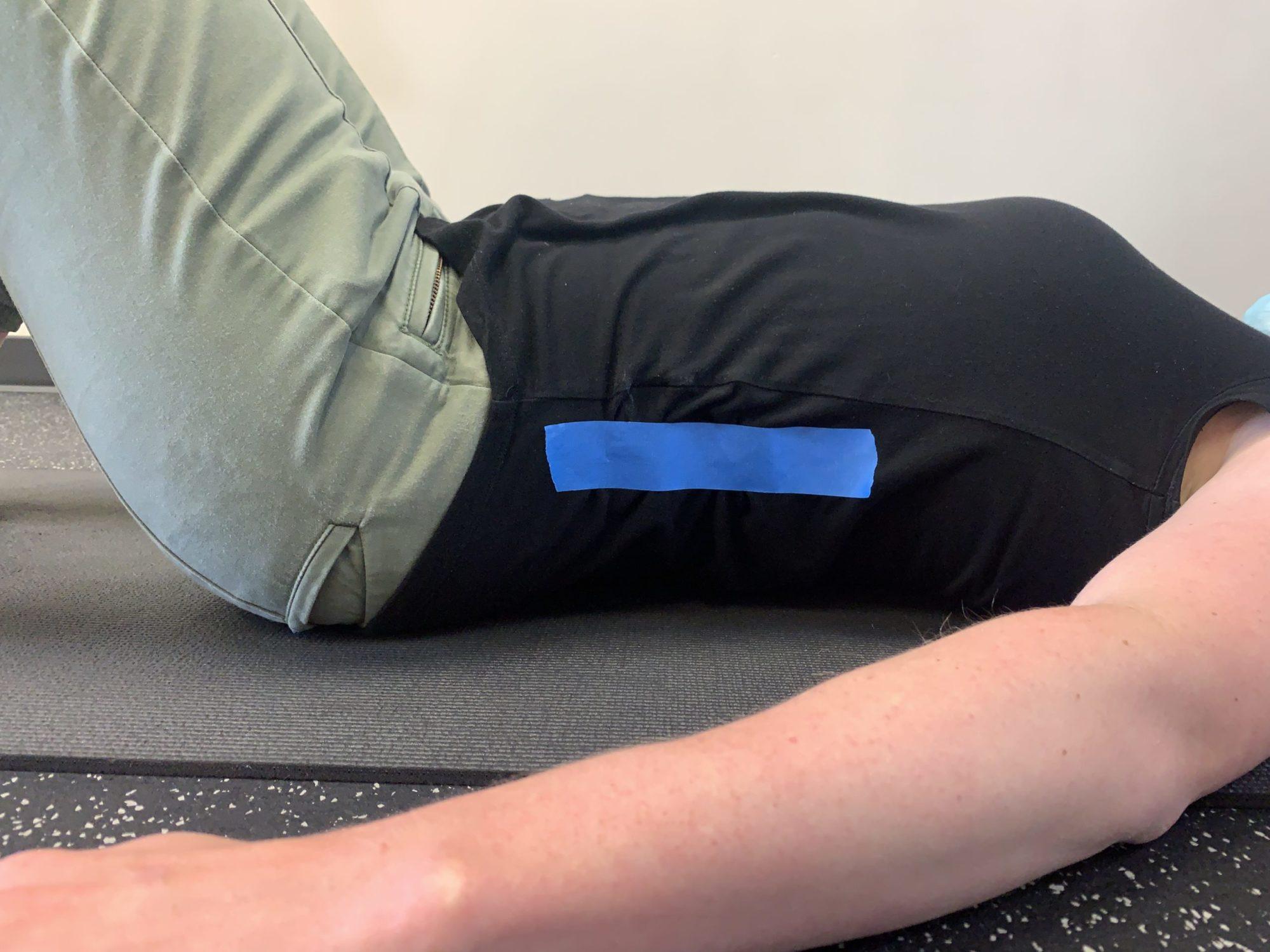
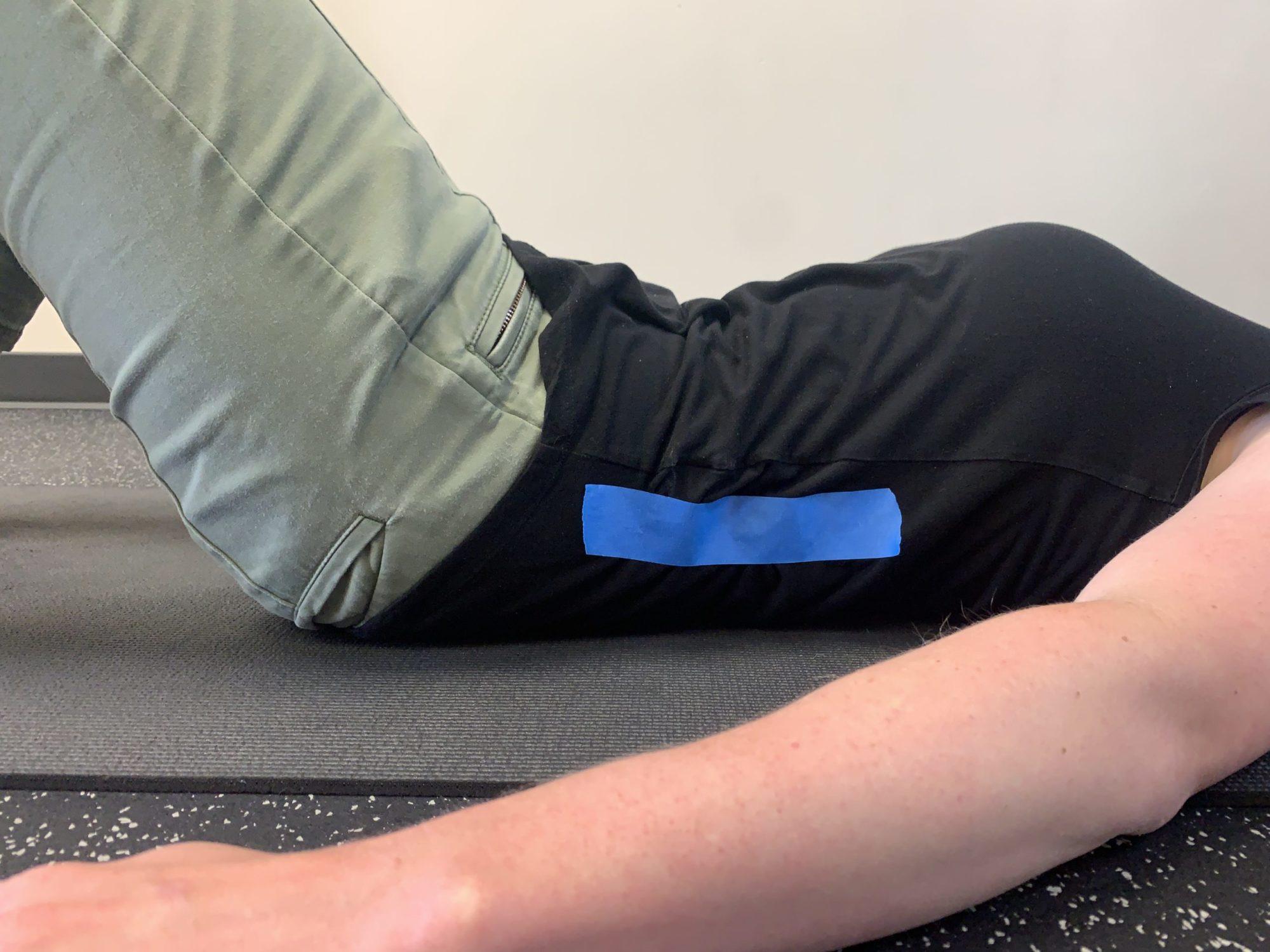
2. For further refinement of your core activation, place a piece of resistance tubing, a dog leash, or a belt under your low back.
- When your core is relaxed, the tubing should easily slide under the small of your back when you tug on it.
- When you engage your core, your low back should compress the tubing with enough pressure that you can no longer slide the tubing under you when you tug on it.
3. Once you have found the visual or tactile cues that help you engage your core, practice holding this position for 5-10 seconds while gently breathing.
- Keep your neck relaxed
- Avoid flaring your ribs upward or downward excessively
- Your feet should remain lightly touching the floor
Once you have mastered these training exercises, you are well on the way to achieving proximal stability.
So, now it’s time to add arm and/or leg movements to challenge that core activation further. You must maintain your proper core activation with your low back resting flat along the floor for each exercise to continue your core-focused workout:
Single Leg March on Floor:
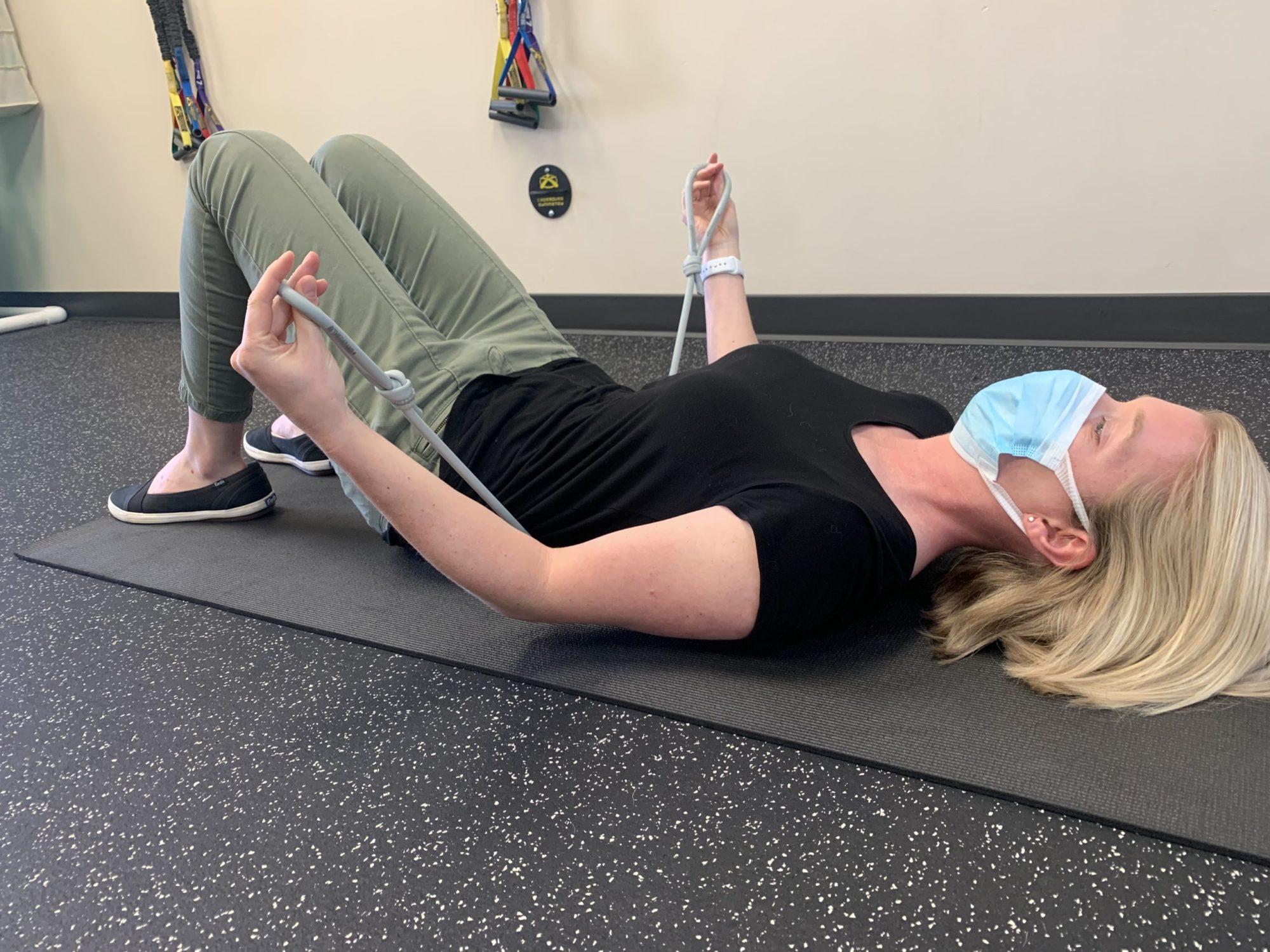

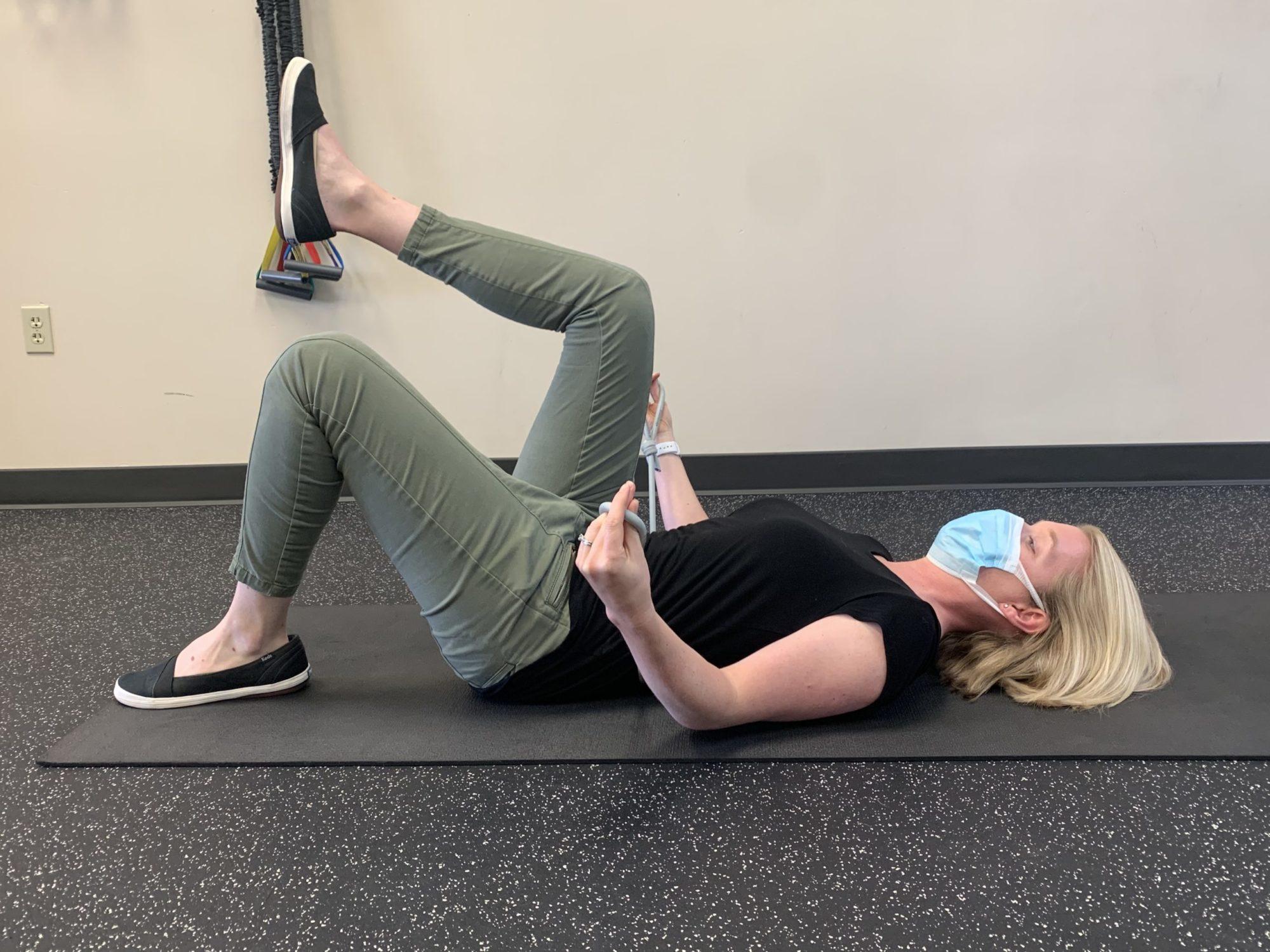

Up, Up & Down, Down on Floor:

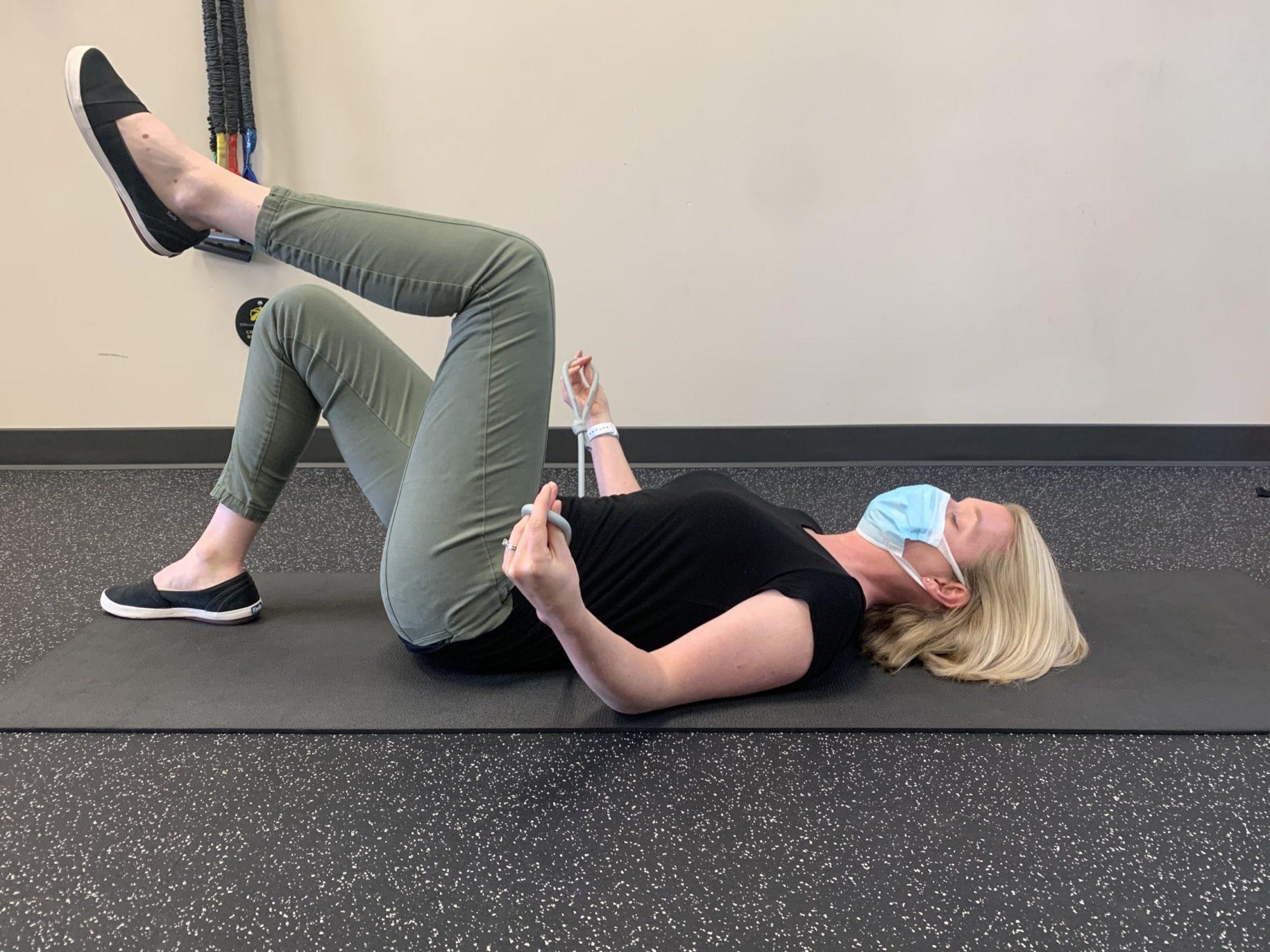
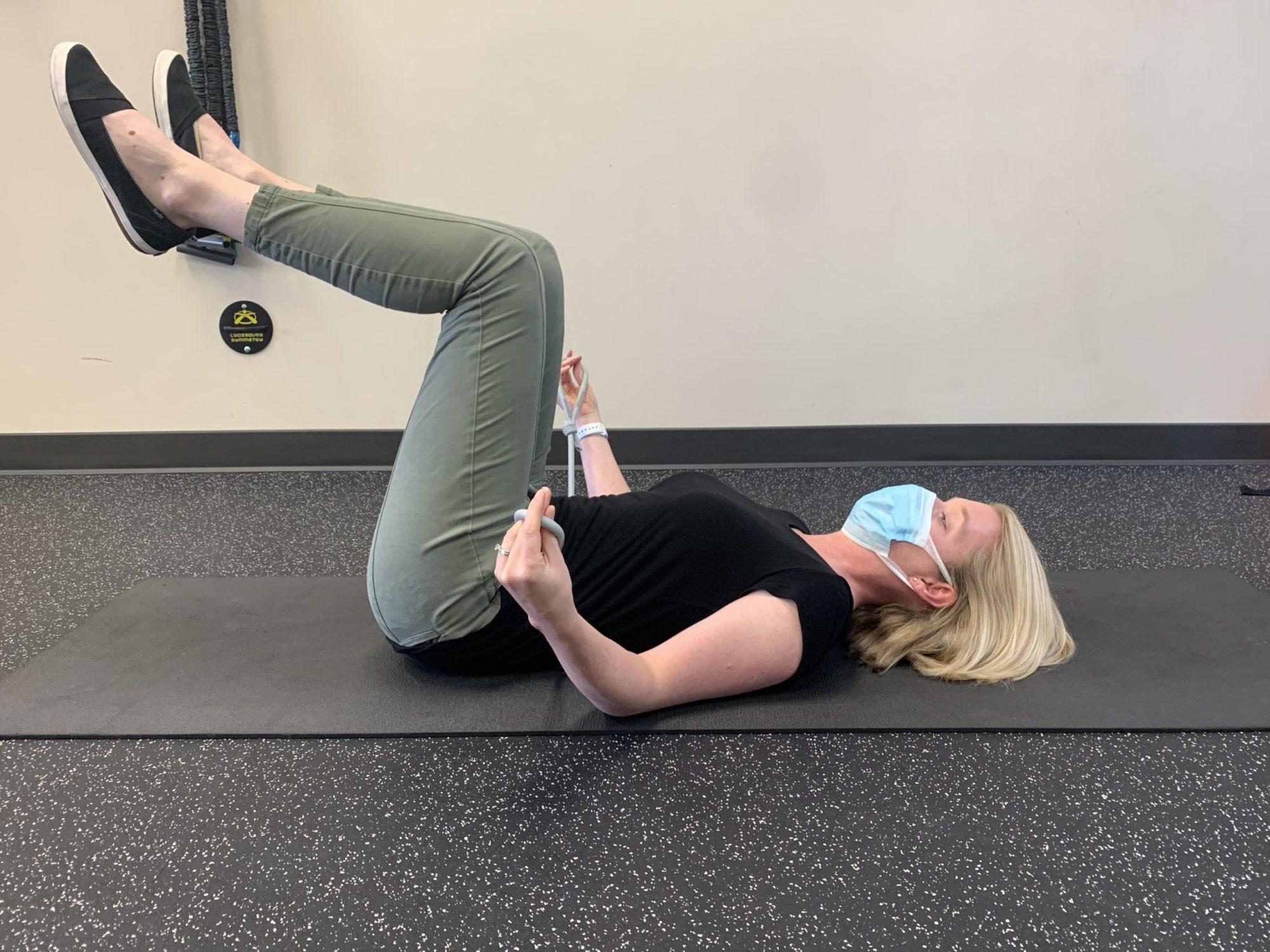
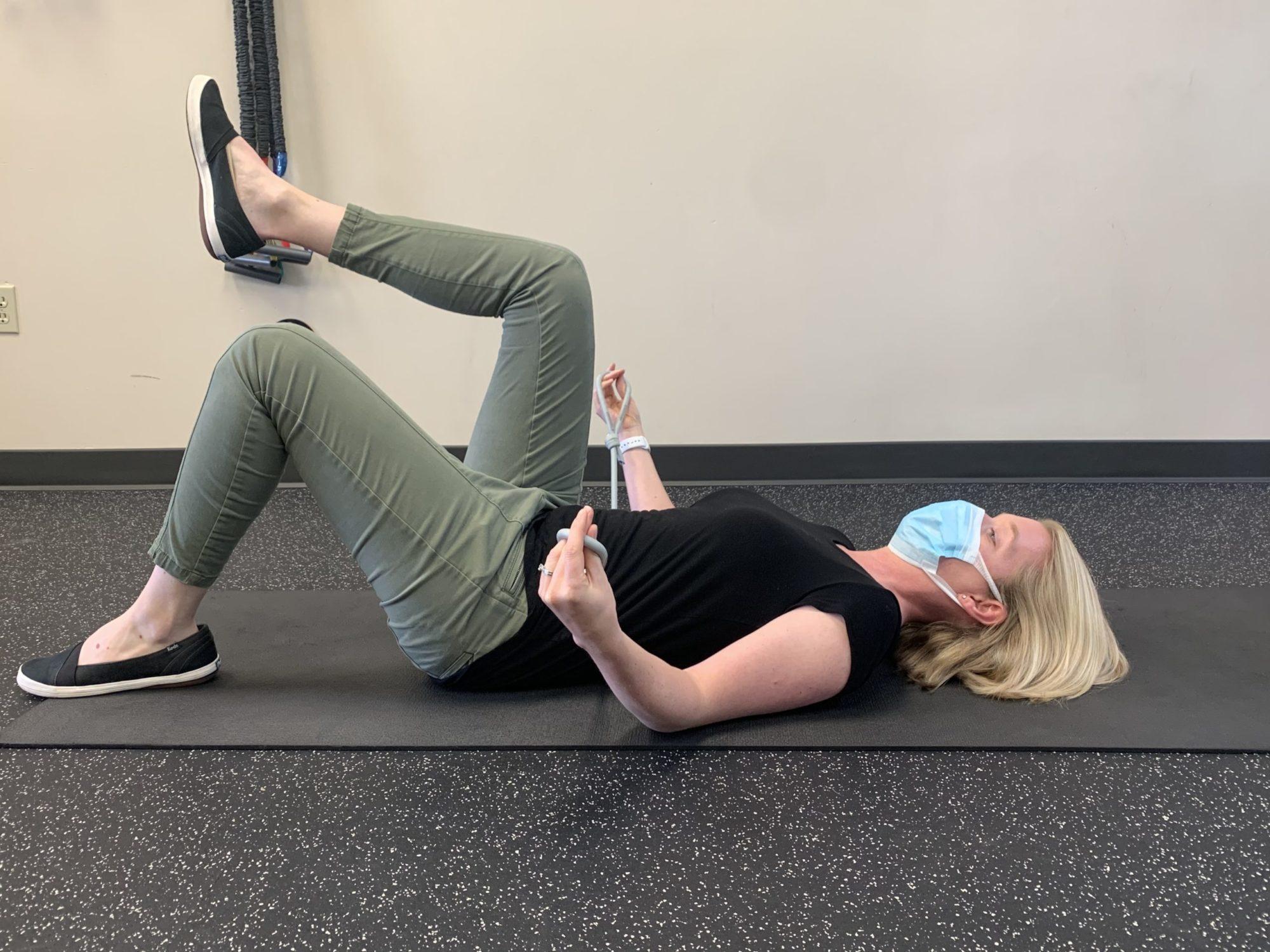

Dying Bug – Level 1:
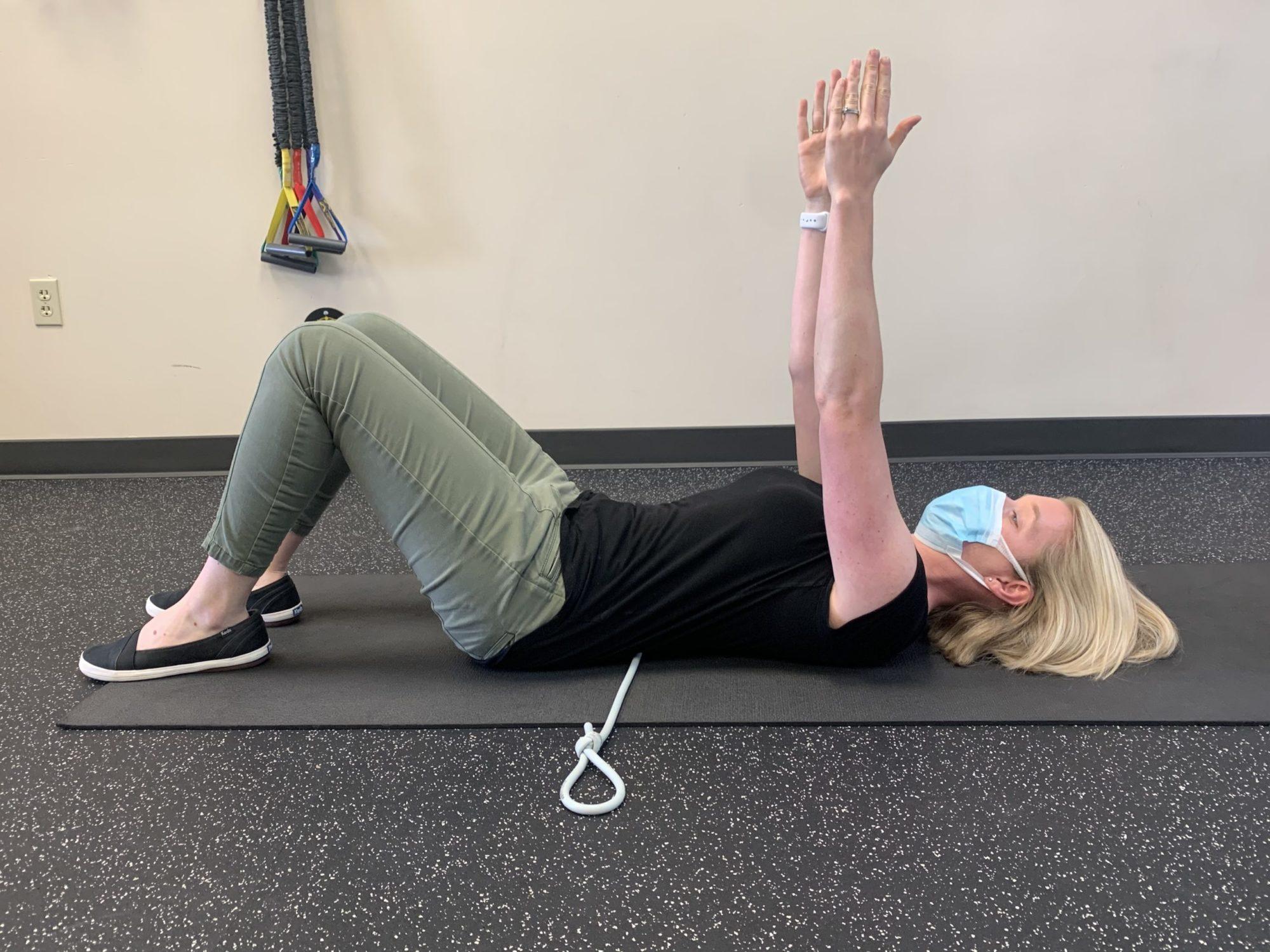
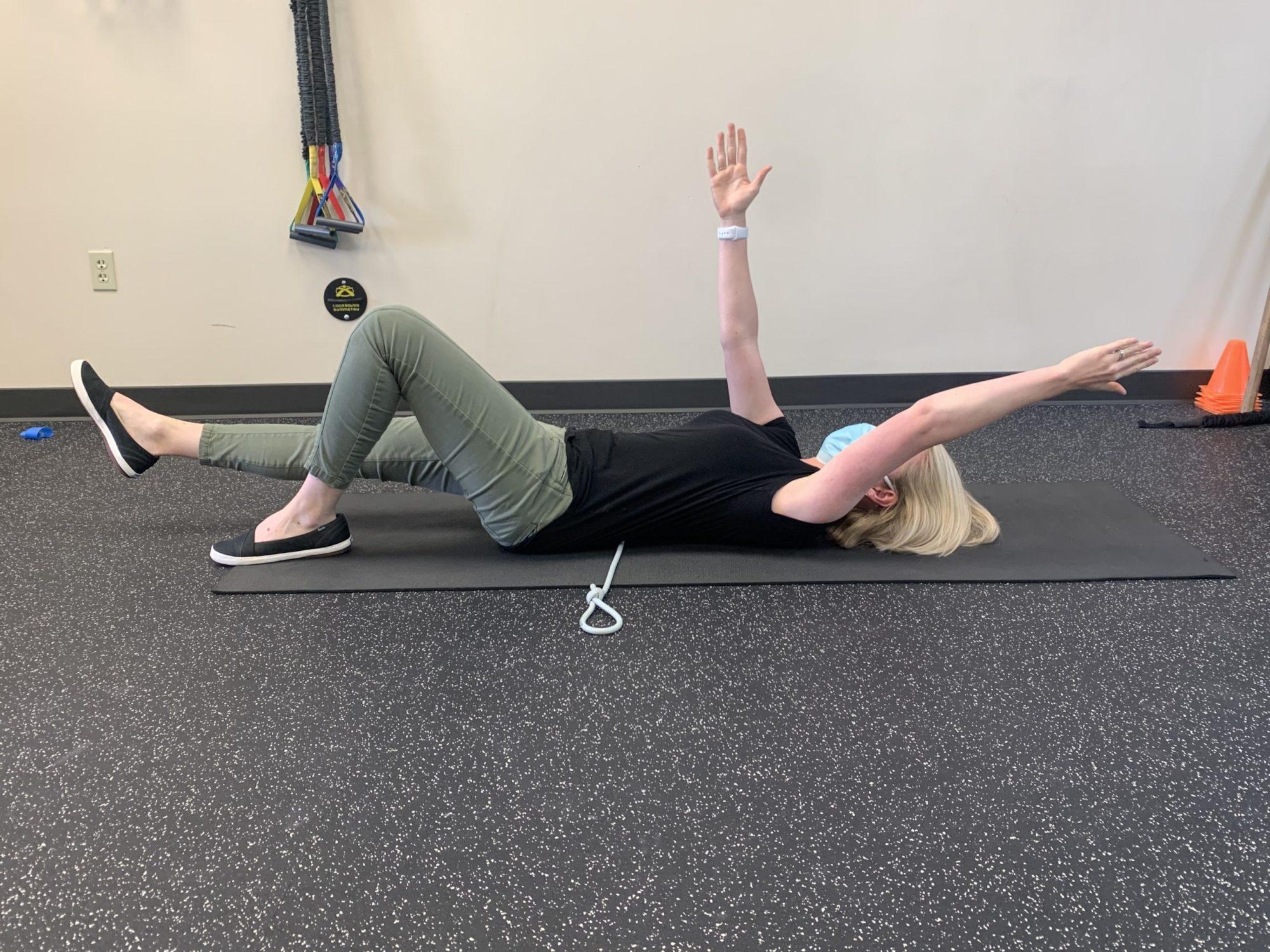
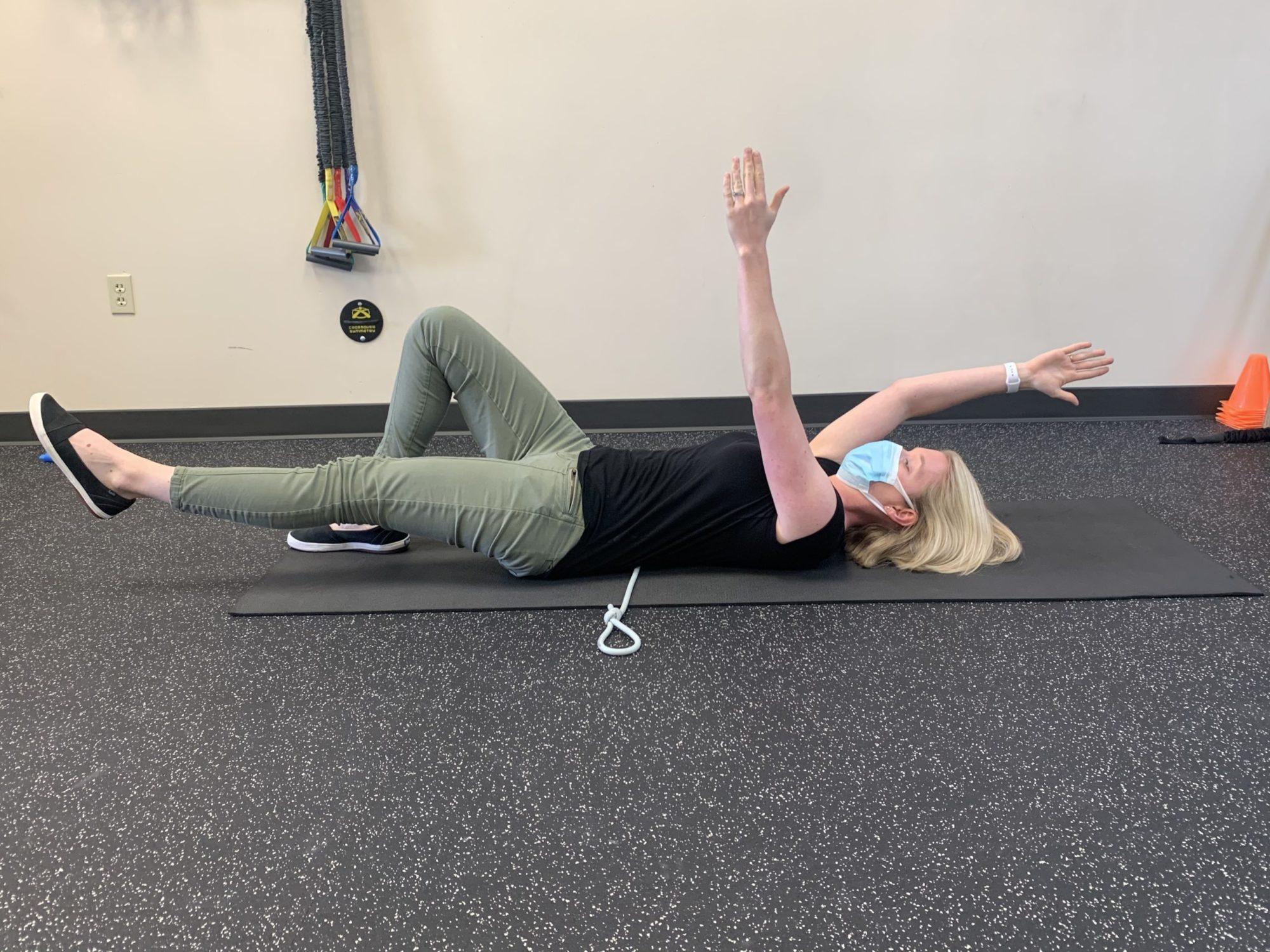

Dying Bug – Level 2:
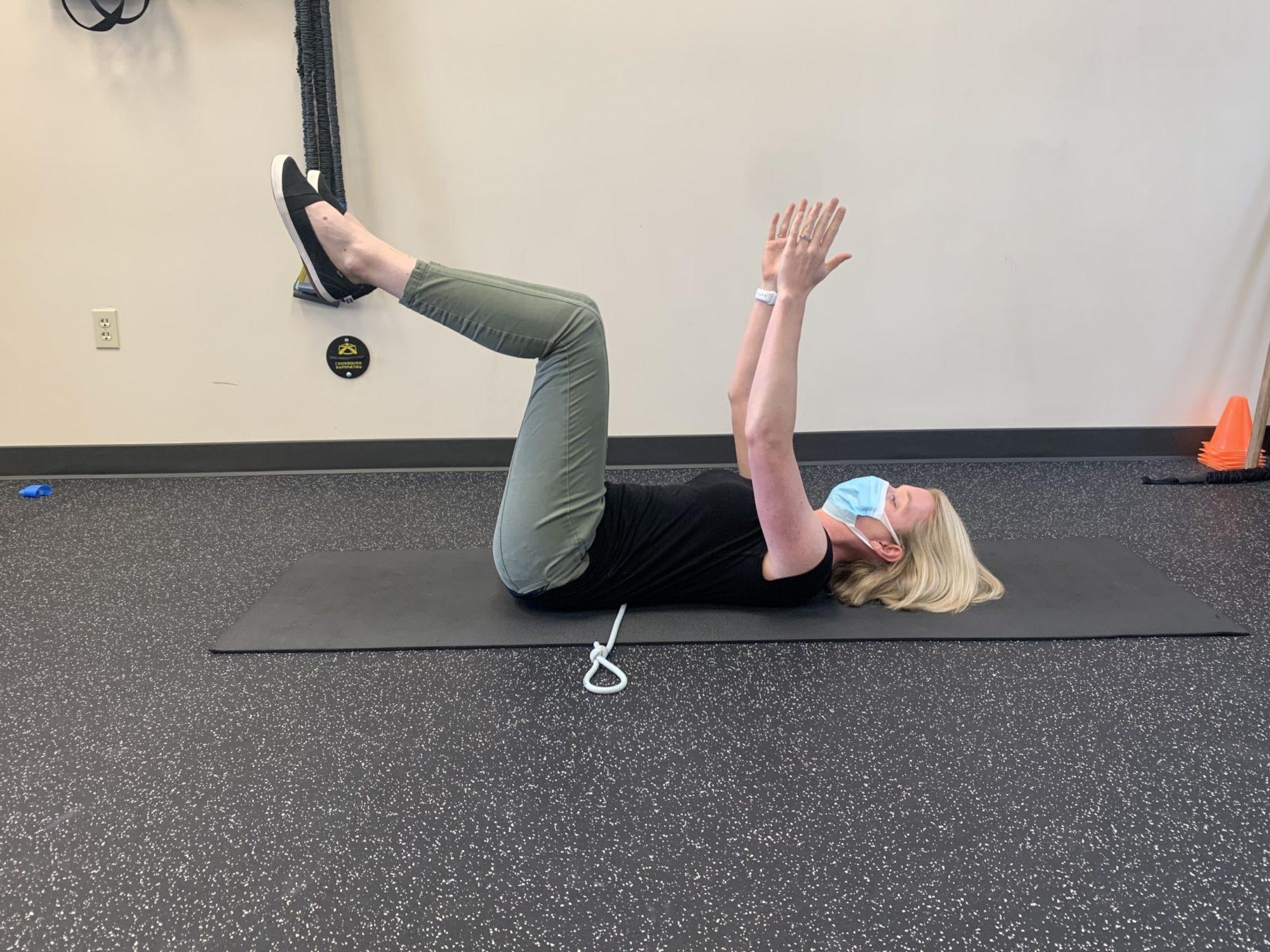
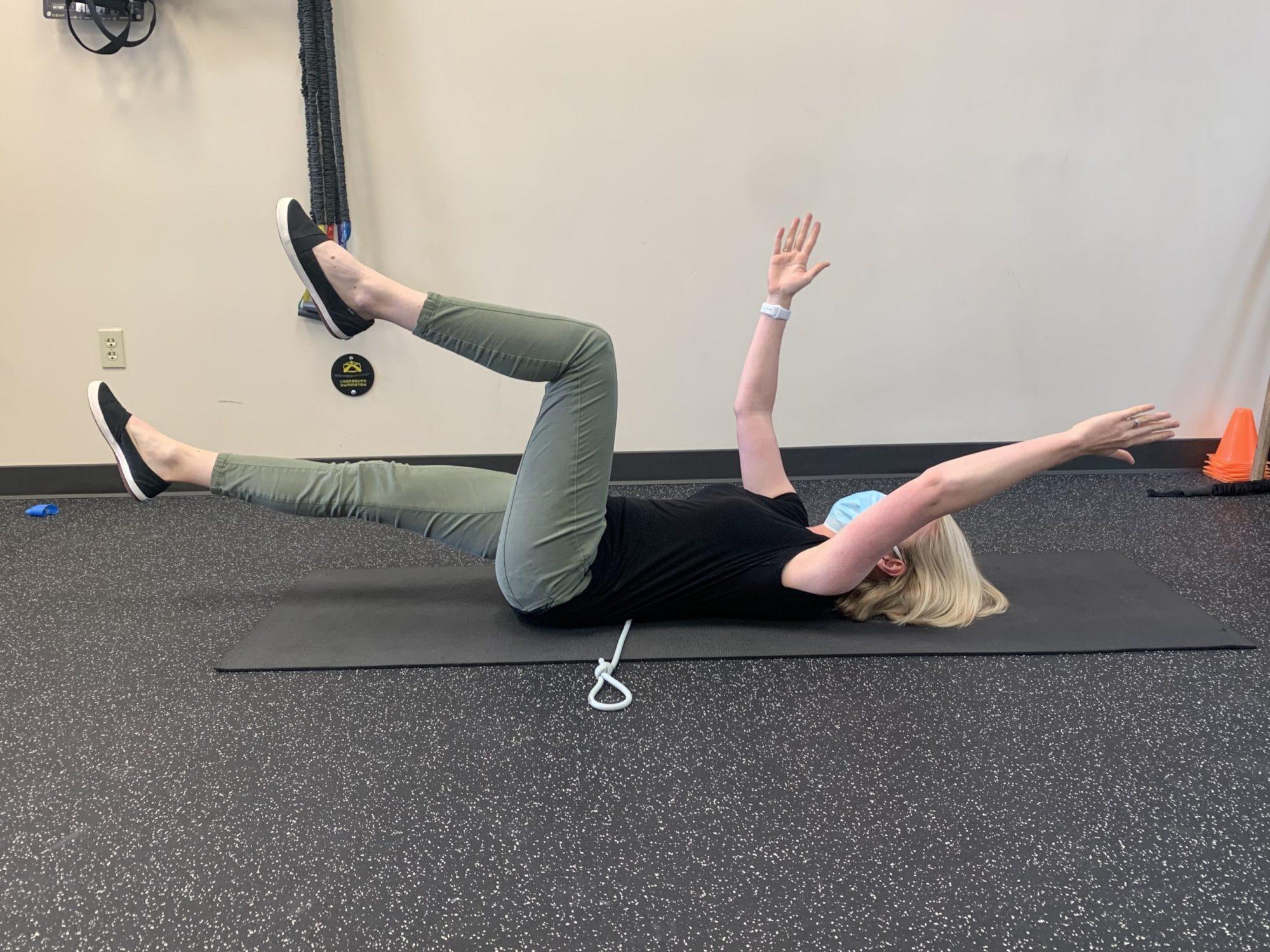


Single Leg March on Foam Roll:
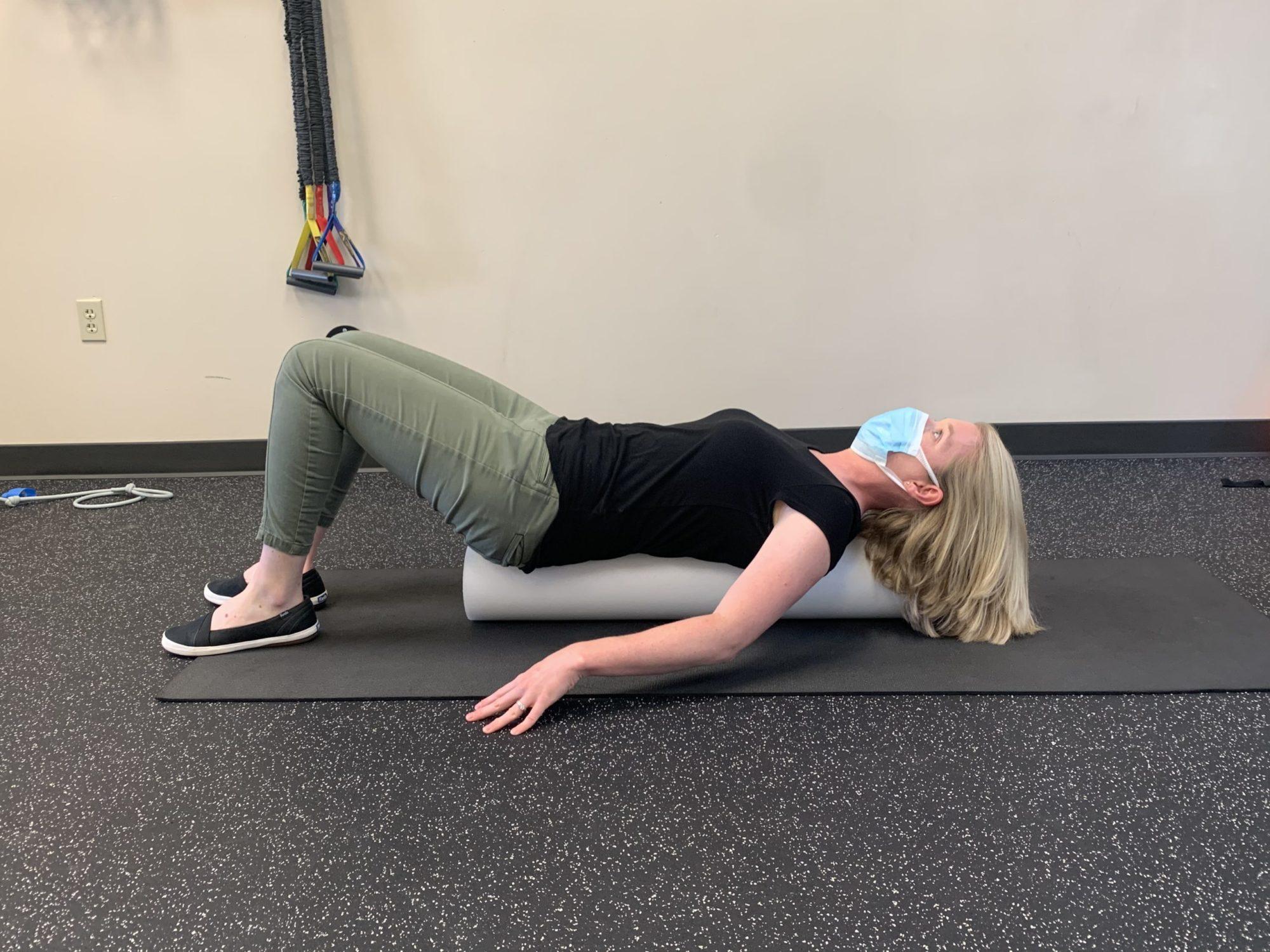
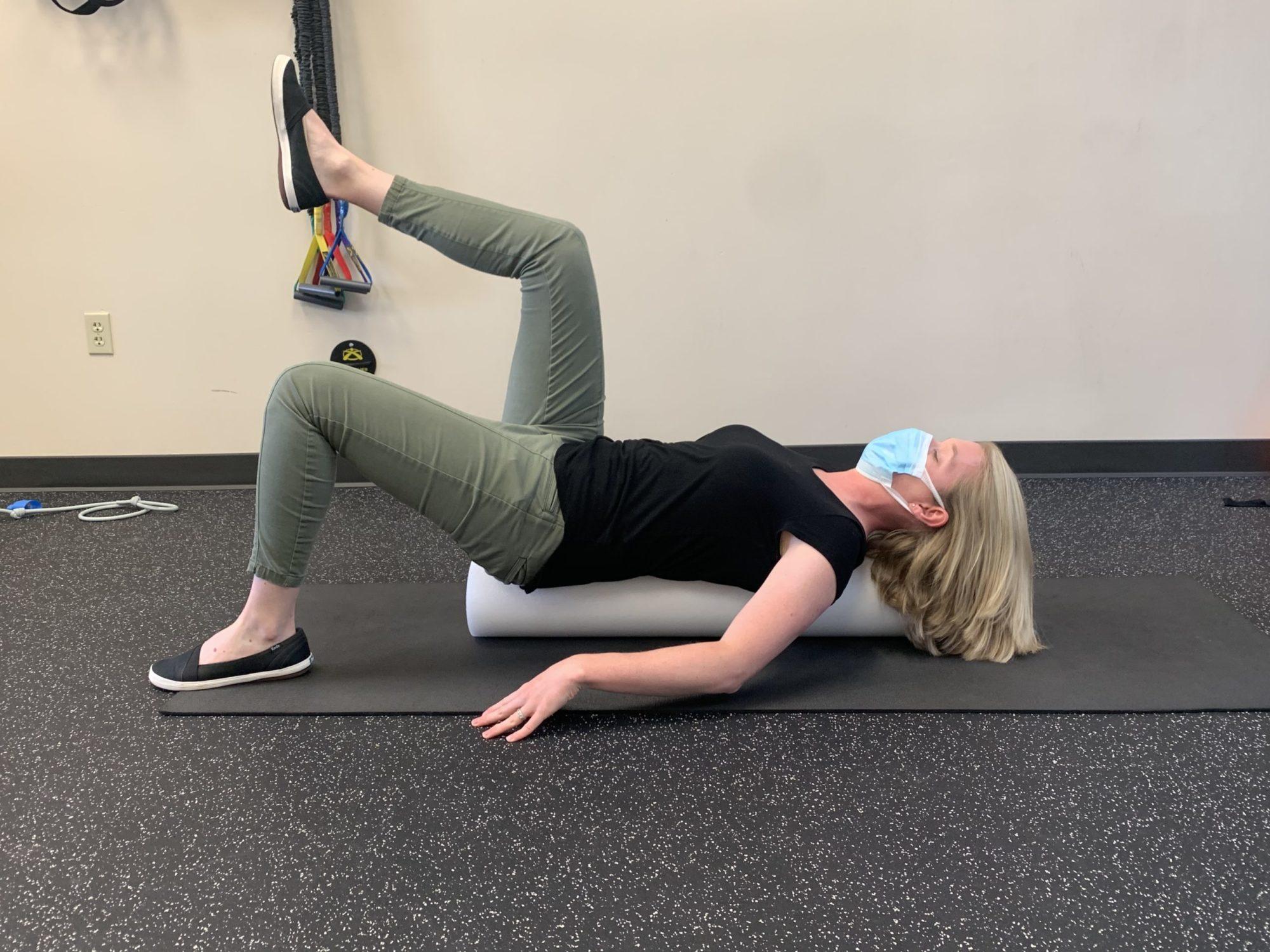
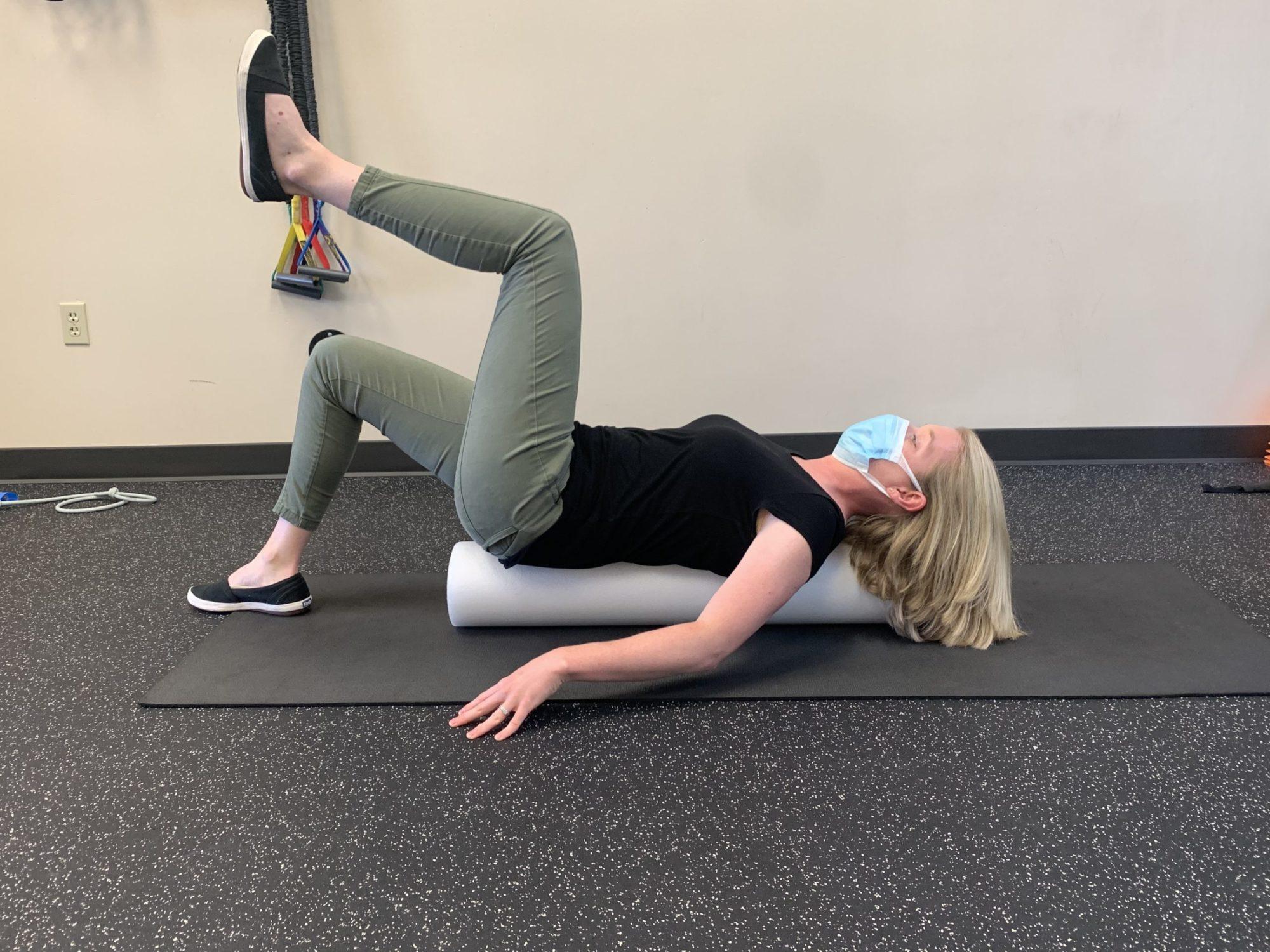

90° Leg Hold on Foam Roll:
- Try to lift one or both hands off the floor while maintaining this position
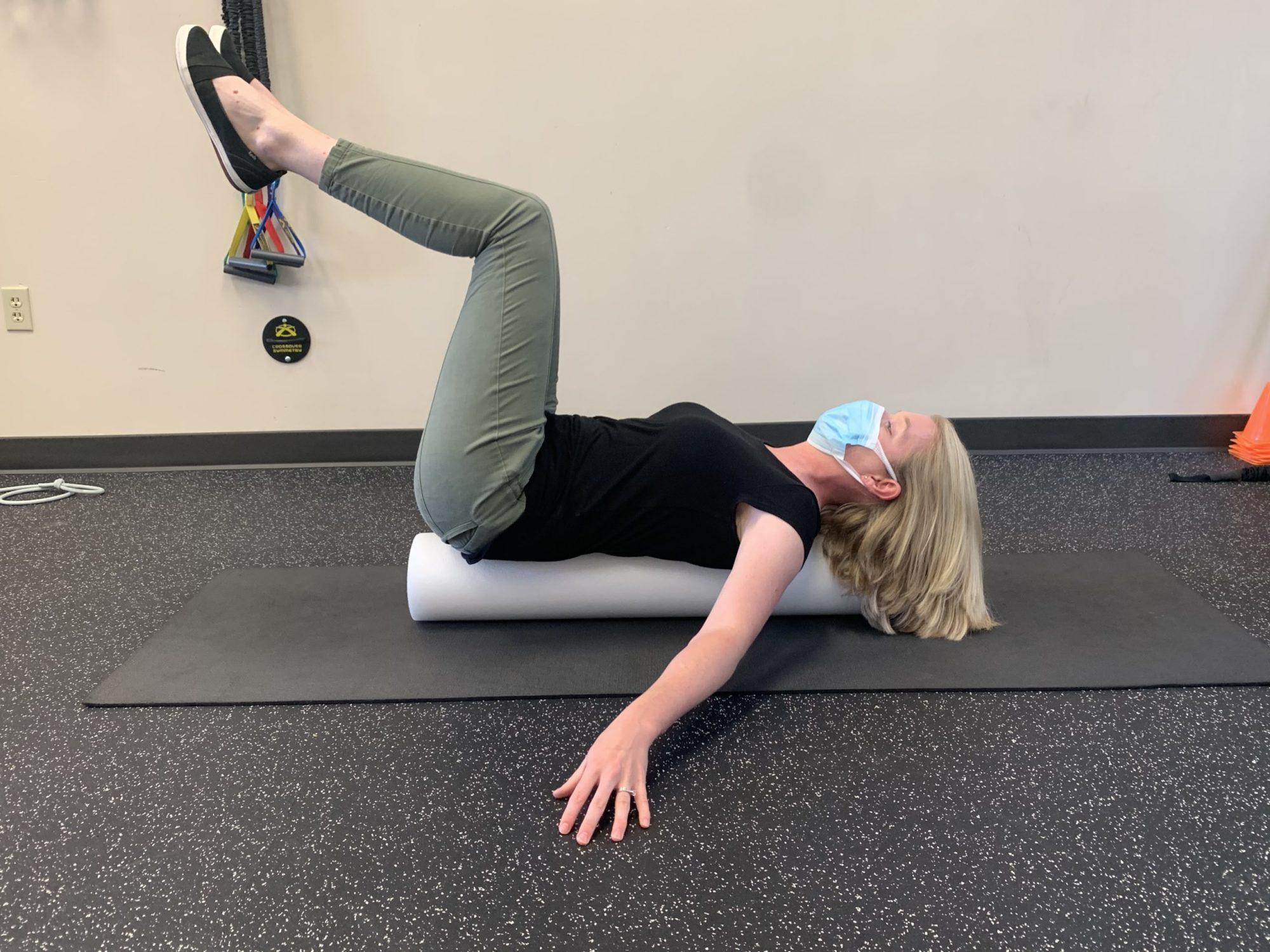

Questions?
If you still are unsure that your core activation is correct OR if you have pain with any of these exercise suggestions, please give our office a call at 503-615-5969.
Our physical therapists would be happy to personalize your core activation strategies and exercises to help you reduce your pain, restore function, and move optimally.
We offer in-person and telehealth options for these consultations depending on your preference.

